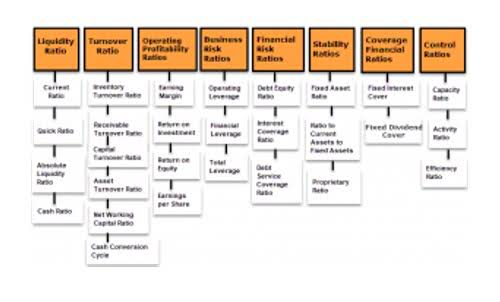
Synder lets you automatically synchronize multichannel data into Interior Design Bookkeeping accounting platforms like QuickBooks Online, QuickBooks Desktop, Sage Intacct, and Xero. You can choose to sync this data either as daily journal entries or in detailed transactions. Luke O’Neill writes for growing businesses in fintech, legal SaaS, and education. He owns Genuine Communications, which helps CMOs, founders, and marketing teams to build brands and attract customers.
Business Finances
The retail accounting method helps businesses understand the value of their inventory and provide information for good decision-making in the future. Cost accounting for retail tracks each item based on the total cost paid for purchased inventory. Generating financial statements for the retail store is a key step to keeping the business on track throughout the accounting period. Whether the business is using LIFO, FIFO, or weighted average, each inventory costing method produces different results with various benefits. Retail accounting is a specific method of accounting that assists companies in tracking inventory without manually counting all of the items in the store or warehouse. This statement details the inflow and outflow of cash within your business during a specific period.
Managerial accounting
At the beginning of the quarter, you restated your inventory, valued at its original cost of $100,000. Cost accounting is useful for making internal business decisions that improve a company’s production process, especially for larger businesses with more expenses. “Price and markup changes make retail accounting much less accurate, and many industries are dealing with those right now. With the retail method, you total up the total costs of inventory and the total value of goods for sale, and then divide costs into retail value.
Periodic Method

Financial information and data (often sensitive) are gathered, then presented to business managers so they can better oversee internal business processes. All businesses use some form of financial accounting, as these statements serve a purpose both internally and externally, providing detailed data on all business transactions. As we discussed earlier, the retail method of accounting shouldn’t be viewed as its own discipline. These tend to be used in conjunction with one another because they each provide a different approach to categorizing financial information. “Due to the simplicity of the calculation, it requires far less tracking to perform the QuickBooks calculation.
- Consumers expect a range of basic services from retail banks, such as checking accounts, savings accounts, personal loans, lines of credit, mortgages, debit cards, credit cards, and CDs.
- Reply to this text with a picture of the receipt for instant reconciliation.
- Look at its advantages and disadvantages carefully to determine if the retail method aligns with your business needs.
- Credit unions are another type of retail bank that works as a non-profit cooperative where members pool their assets to be able to provide loans and other financial services to other members.
- This costing method is most often used when inventory is perishable and is a favorite for food retailers.

LIFO inventory costing is essentially the reverse of FIFO inventory costing. The LIFO method assumes the most recent items entered into your inventory will be the ones to sell first. For example, if the beginning inventory was worth $1,000 and the business purchased $2,000 more, you need to retail accounts track the total cost of $3,000. The difference in cost could make for tricky calculations, but using this method of accounting simplifies the problem and provides the most accurate inventory valuation.

Turn business receipts into data & deductibles

Due to the intricacies in its calculation, cost accounting is the more accurate method, however, it requires complex calculations. Whether through the use of cash basis accounting or accrual accounting, all transactions going in and out of the business accounts need to be accounted for appropriately. The first step for small businesses is to determine the cost-to-retail percentage. Tax benefits are another advantage of using a retail method of accounting. Under this method, you assume you sold all of week 1 items for $10 each and 15 from week 2 at $20 each for a total of $500.
- The concepts we’ve explored so far provide a solid foundation in retail accounting.
- Retail accounting is a method used by businesses to track and manage inventory and sales by calculating the cost of goods sold.
- Keeping accurate inventory records will also help save time while preparing your tax statements.
- When the item is sold and you scan its barcode, the numbers in your inventory will update automatically.
- Essentially, retail business owners need to determine the actual cost of purchased inventory.
- Synder provides you with the tools to manage your own accounting and helps simplify the entire retail accounting process.
HashMicro is Philippines’ ERP solution provider with the most complete software suite for various industries, customizable to unique needs of any business. This means that even without knowing the exact cost of each item, you can still estimate that your ending inventory is worth PHP 100,000 at cost. Try Synder’s free trial to see how it can improve your business accounting, and join our informative Weekly Public Demo for additional insights and advice. During the quarter, your sales recorded through our point of sale system reached $40,000. In addition, during this period you invested US$15,000 in replenishing your stock of fixtures and accessories.
What is Retail Accounting?
Financial representatives are also the lead contact for underwriting applications related to credit-approved products. Services offered by retail banks include checking and savings accounts, mortgages, personal loans, credit cards, and certificates of deposit (CDs). The IRS allows you to use any method you want to value your inventory for tax purposes. The caveat is, once you choose a method you have to stick with it, unless you get permission from the IRS to change your costing method.
0 Comments